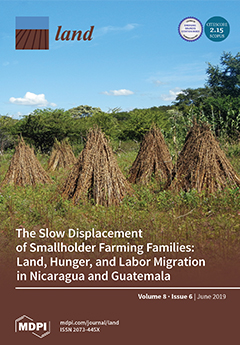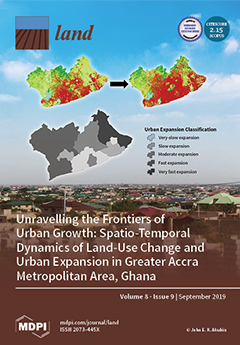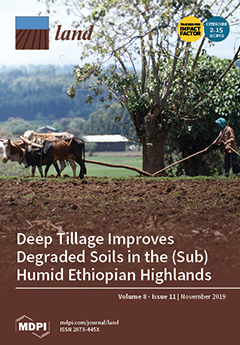Applying Built-Up and Bare-Soil Indices from Landsat 8 to Cities in Dry Climates
Arid and semi-arid regions have different spectral characteristics from other climatic regions. Therefore, appropriate remotely sensed indicators of land use and land cover types need to be defined for arid and semi-arid lands, as indices developed for other climatic regions may not give plausible results in arid and semi-arid regions. For instance, the normalized difference built-up index (NDBI) and normalized difference bareness index (NDBaI) are unable to distinguish between built-up areas and bare and dry soil that surrounds many cities in dry climates.








